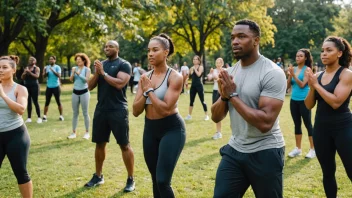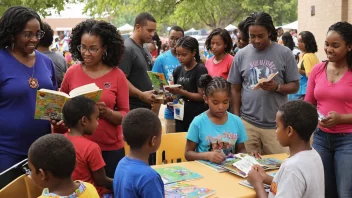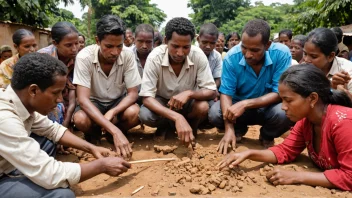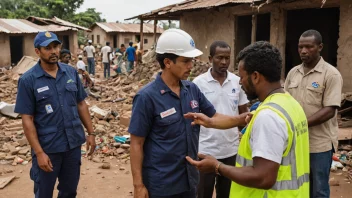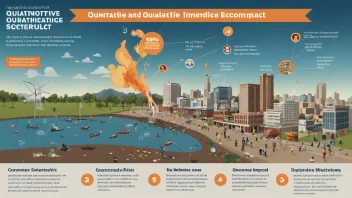What are safe spaces for LGBTQ+ youth?
Safe spaces for LGBTQ+ youth are environments where young individuals can express their identities without fear of discrimination, bullying, or harassment. These spaces foster acceptance, understanding, and support, allowing LGBTQ+ youth to thrive both personally and socially.
Why are safe spaces important for LGBTQ+ youth?
Safe spaces are crucial for LGBTQ+ youth as they provide a supportive environment that promotes mental health and well-being. They help combat feelings of isolation, reduce the risk of depression and anxiety, and encourage healthy relationships. Additionally, these spaces affirm the identities of LGBTQ+ youth and empower them to embrace who they are.
How can communities create safe spaces for LGBTQ+ youth?
- Engage with the LGBTQ+ community: Involve local LGBTQ+ organizations in discussions to understand their needs and perspectives.
- Provide training: Offer training for educators, staff, and volunteers on LGBTQ+ issues, inclusivity, and allyship.
- Create inclusive policies: Develop clear anti-discrimination policies that protect LGBTQ+ youth in schools and community centers.
- Host events: Organize events that celebrate LGBTQ+ culture, such as pride celebrations, workshops, and discussion forums.
- Establish support groups: Create peer support groups where LGBTQ+ youth can connect, share experiences, and find mentorship.
What role do schools play in creating safe spaces?
Schools play a pivotal role in creating safe spaces for LGBTQ+ youth by implementing inclusive curricula, promoting diversity, and ensuring that all students feel valued and respected. Educators can foster a climate of acceptance and understanding by addressing LGBTQ+ topics in the classroom and providing resources for students seeking support.
How can individuals support the creation of safe spaces?
Individuals can support the creation of safe spaces for LGBTQ+ youth by:
- Becoming an ally: Stand up against discrimination and advocate for inclusive practices in your community.
- Volunteering: Offer your time to local LGBTQ+ organizations or youth programs that focus on creating safe environments.
- Educating yourself and others: Learn about LGBTQ+ issues and share this knowledge with friends, family, and colleagues to foster understanding.
- Listening: Provide a listening ear to LGBTQ+ youth and validate their experiences and feelings.
What challenges do LGBTQ+ youth face when seeking safe spaces?
LGBTQ+ youth often face several challenges when seeking safe spaces, including:
- Stigma: Societal stigma can deter youth from seeking help or participating in community activities.
- Lack of awareness: Many communities may not understand the importance of safe spaces, leading to a lack of resources.
- Limited access: Some youth may not have access to safe spaces due to geographical limitations or inadequate transportation.
How can we measure the success of safe spaces for LGBTQ+ youth?
Success can be measured through various means, such as:
- Feedback: Collecting feedback from participants about their experiences in the space.
- Improved mental health: Monitoring changes in mental health indicators among youth who utilize the space.
- Engagement: Tracking the level of participation in activities and programs offered in the safe space.
What resources are available for LGBTQ+ youth and their allies?
There are numerous resources available, including:
- Local LGBTQ+ organizations: Many communities have organizations dedicated to supporting LGBTQ+ youth.
- Online forums: Websites and forums where LGBTQ+ youth can connect with others and find support.
- Helplines: Confidential helplines that provide support and guidance for LGBTQ+ youth.
Creating safe spaces for LGBTQ+ youth is a vital step towards fostering inclusivity and acceptance in our communities. By understanding the importance of these spaces and taking actionable steps to create them, we can help ensure that all young people feel safe, supported, and empowered to be themselves. Every effort counts, and together, we can make a meaningful difference.

